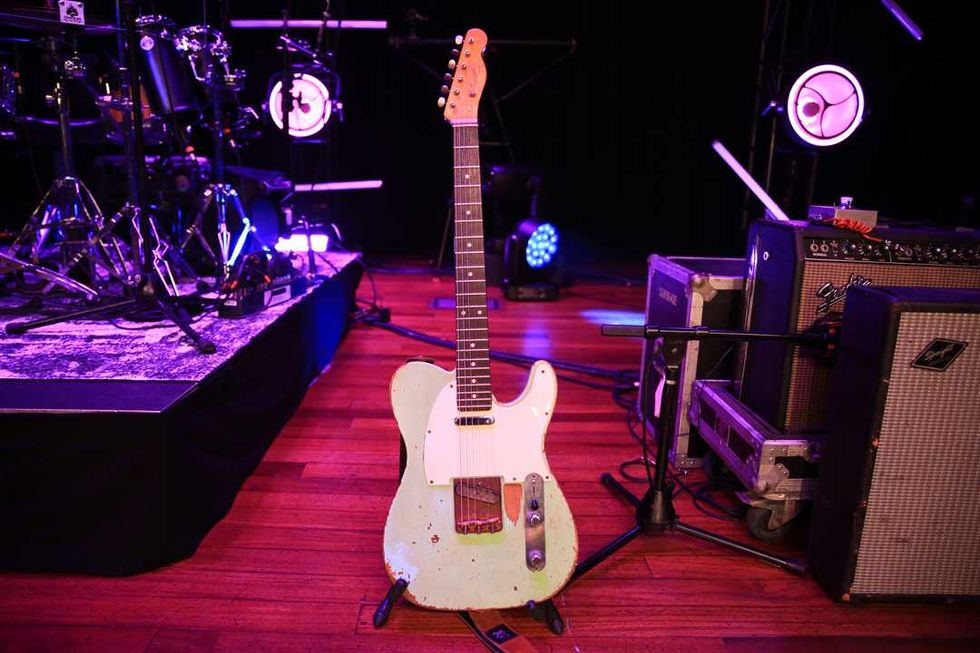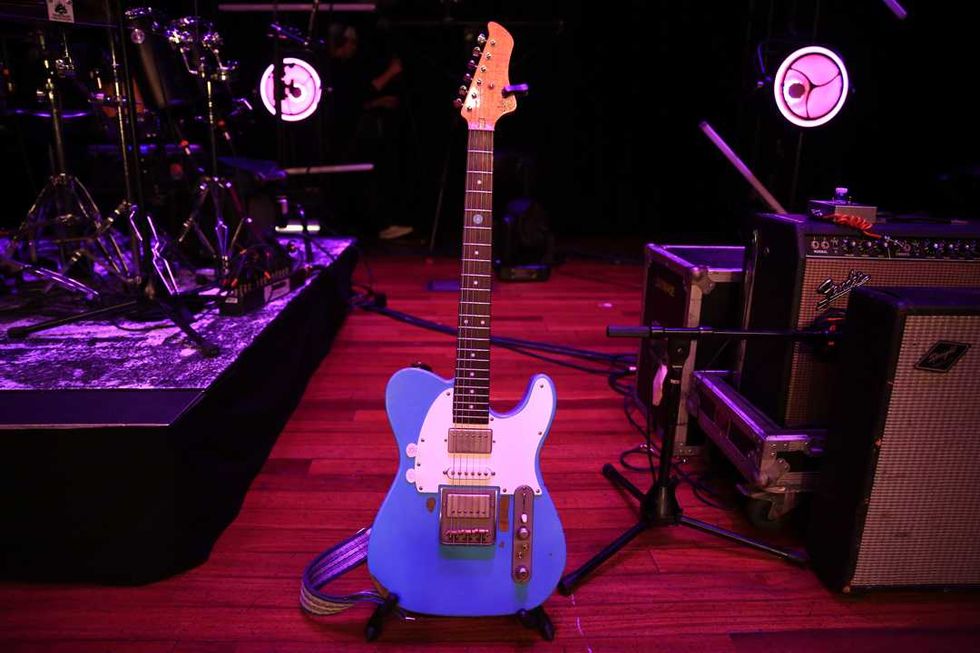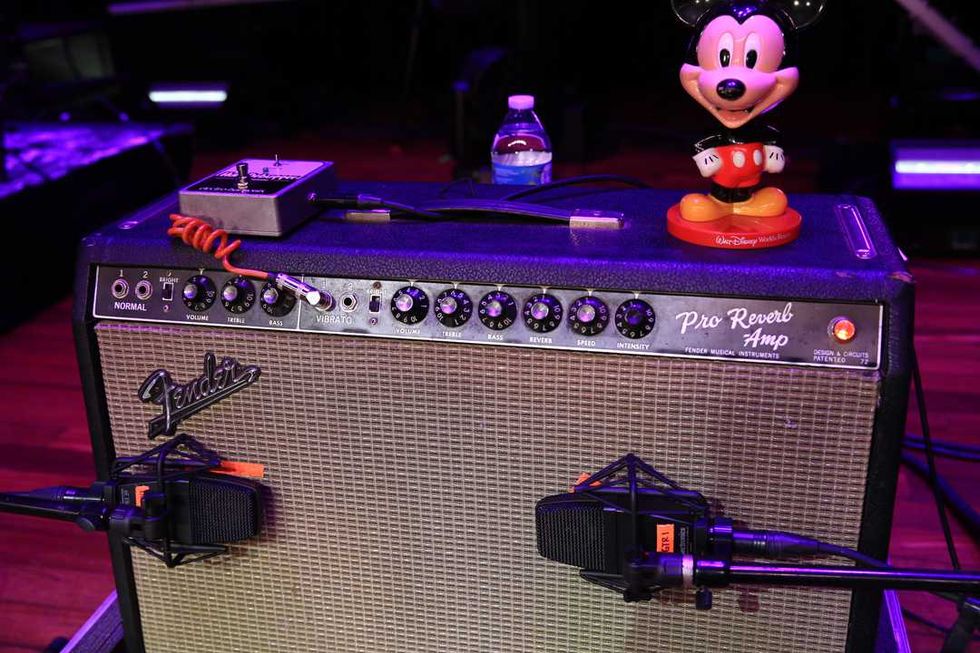No longer just an up-and-comer in the custom guitar universe, Jason Schroeder is a luthier whose instruments have found their way into the hands of players from Fleetwood Mac’s Lindsey Buckingham to Eric Gales, Tomo Fujita, and Matt Schofield. And his wraparound bridges are now sold through Stewart-MacDonald— all evidence that the Schroeder name is likely stick around for some time.
One of the latest creations from Jason’s Redding, California, shop—the Chopper TL “T-Pine”—is also one of his most traditional. It’s a cousin to the Chopper, a Tele-/PRS-inspired 6-string that’s found favor among blues and rock guitarists looking for a modern spin on a traditional platform. But the Chopper TL is a more classic, mid-century riff on the Chopper concept that marries Schroeder’s aura of handcrafted loveliness with semi-hollow tones. And, in all, it’s an extraordinarily capable guitar.
Grace and Power
The T-Pine manages the cool trick of looking
practical, elegant, luxurious, and understated
all at once. The natural, straight-grained
pine body is decked out with
ivoroid binding on front and back, while a
curvaceous ivoroid pickguard winks at traditional
Fender thinline pickguard shapes.
The roasted bird’s-eye maple bolt-on neck is
topped with a bone nut and capped with an
Indian rosewood fretboard and super-shiny,
jumbo stainless-steel frets. The visual sum
of those parts gives it a vaguely Western
appearance—a little like a nice leather saddle
or a pair of handmade boots. The hardware
is traditional but, like everything else,
a little fancy—locking vintage-style tuners,
Lollar Special T pickups, a Callaham bridge
with compensated saddles, and Schroeder’s
signature S-shaped jack.
Craftsmanship in the T-Pine is excellent, and it’s especially evident when cradling the neck: The rounded, medium-thick C shape has a comfortable, late-’50s Gibson feel, with fretboard edges that have a broken-in feel and exquisite fretwork that’s precise, ultra polished, and icy smooth. As a result, playability is super fast right up to the 22nd fret, which is easy to get to thanks to a cleverly sculpted heel. The 2-piece pine body is light too, which makes the T-Pine extra comfortable to hold whether you’re standing or seated.
Ride It Like You Stole It
Even without an amp, the T-Pine’s lively
resonance makes it easy to discern subtle
sonic differences in the softer pine body. It
has a bright, ebullient sound that’ s just a
bit rounder in the midrange than a traditional
ash Tele, with a slightly softened top
end. Individual notes sustain beautifully, a
likely result of the beefy Callaham bridge
and sturdy neck joint. Even up at the fretboard’s
upper reaches, chords have surprising
air and body.
These same fundamental flavors come alive when plugged into a dimed Fender Champ. With the guitar’s volume rolled back a bit, the tones from the Lollar Special T were fat and funky, with noticeably more punch than you typically hear from a bridge single-coil—almost a cross of T-style tone and P-90 attack that’s perfect for rhythm sounds. Turning the guitar’s volume back up yielded a detailed, slightly aggressive and bluesy clean tone. The Schroeder will drive a small tube amp deliciously in these situations—conjuring tones that are at once rich, airy, and replete with harmonic overtones. Really digging in with a flatpick produced some of the rudest sounds I’ve ever heard from a single-coil—percussive, visceral, and gritty.
Ratings
Pros:
Amazing fretwork. Beefed-up T-style tones.
excellent build quality.
Cons:
A little expensive.
Tones:
Playability/Ease of Use:
Build:
Value:
Street:
$2,850
Schroeder Guitars
schroederguitars.com
Switching to the middle position drives home the T-Pine’s versatility. With the volume wide open, I got a tasty, toothsome bark that was punchy and a bit more compressed than I expected. And I only had to back off the volume a touch to get the plucky clean sweetness you expect from the middle position on a T-style instrument.
Plugged into a Jackson Ampworks NewCastle, with its higher-gain Britishstyle tones, the T-Pine delivered midrangey, rock-flavored country lead tones (think Keith Urban) that bordered on spectacular. And with a few tweaks, I got convincingly Marshall-like rock tones that highlighted the Lollars’ low-end potency and high-end clarity. Fiery, Billy Gibbons-like pinch harmonics popped off the strings with ease, and the pickups exhibited a cool compression that helped me hold distorted bends and coax cool controlled feedback out of the amp. But even in these more aggressive environs, it only took a roll-back of the volume knob to get a cleaned-up, Andy Summers-like sound with a dusting of crunch and nice presence.
The Verdict
Though much of the Chopper T-Pine’s success
is attributable to Schroeder’s knack for
taking the best from proven platforms, his
judiciously chosen tweaks, styling twists,
and penchant for quality and tone make
the T-Pine a very special guitar. It’s a wildly
versatile instrument—country guitarists
will like its ability to nail traditional tones,
and rock or blues players will appreciate the
added midrange power and unruly attitude.
The T-Pine is an instrument that would fit
into almost any player’s arsenal and probably
replace a lot of lesser instruments for
good in the process.









![Rig Rundown: AFI [2025]](https://www.premierguitar.com/media-library/youtube.jpg?id=62064741&width=1245&height=700&quality=70&coordinates=0%2C0%2C0%2C0)








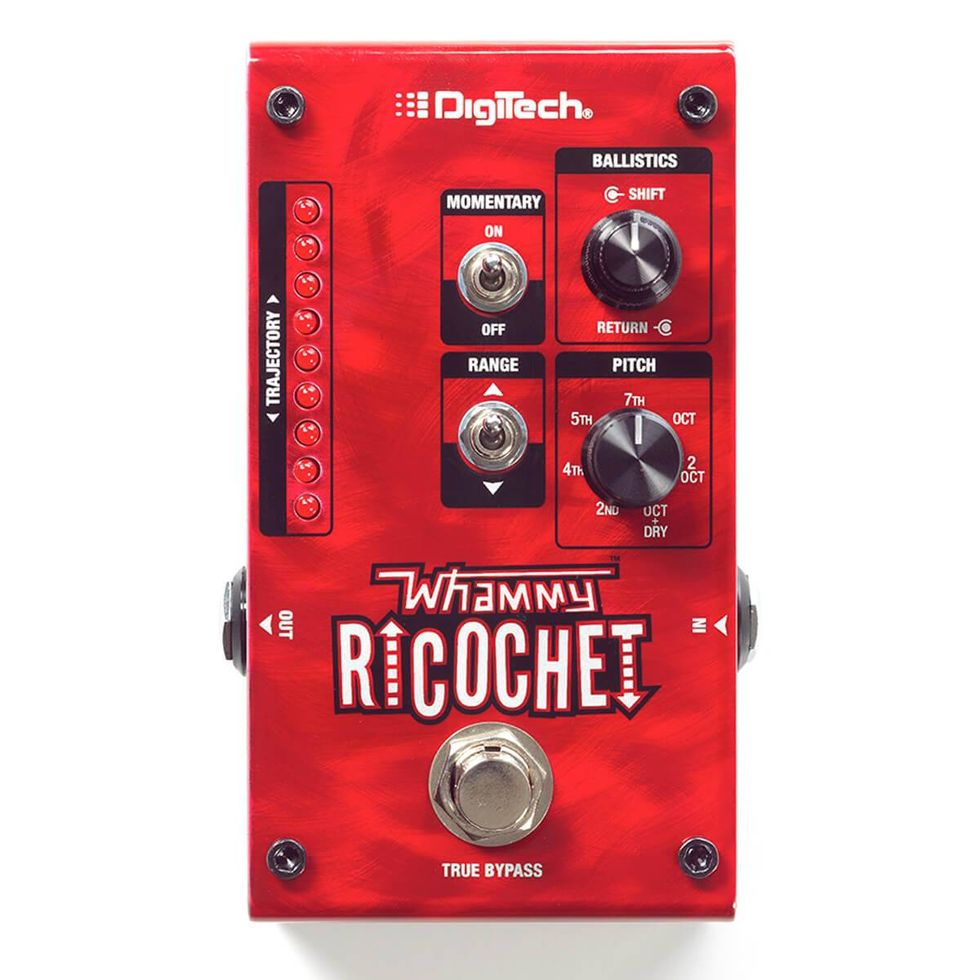
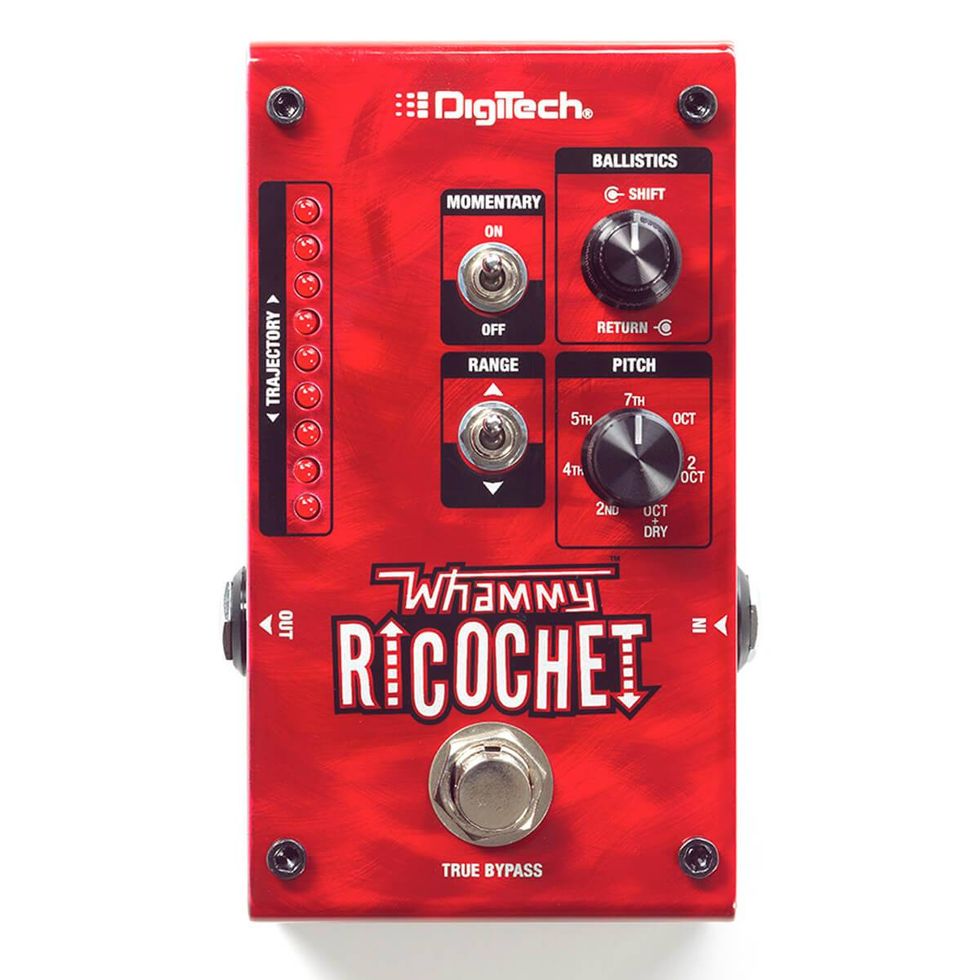




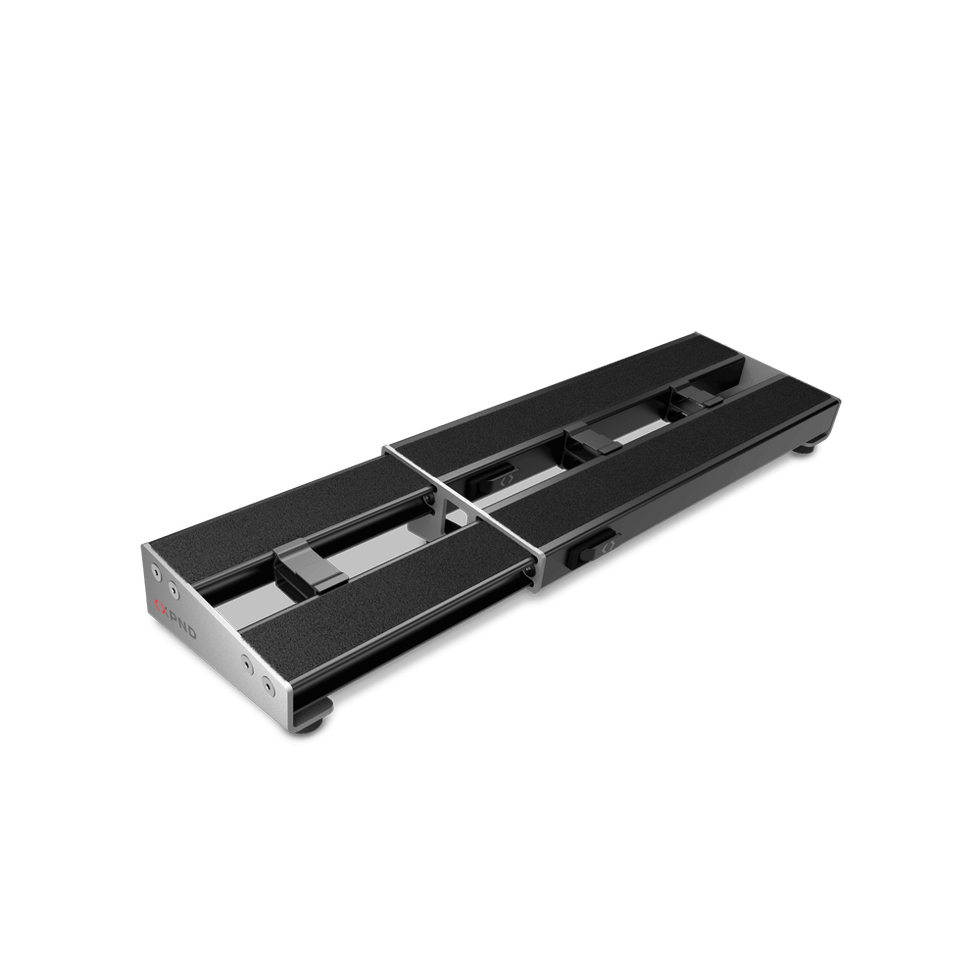

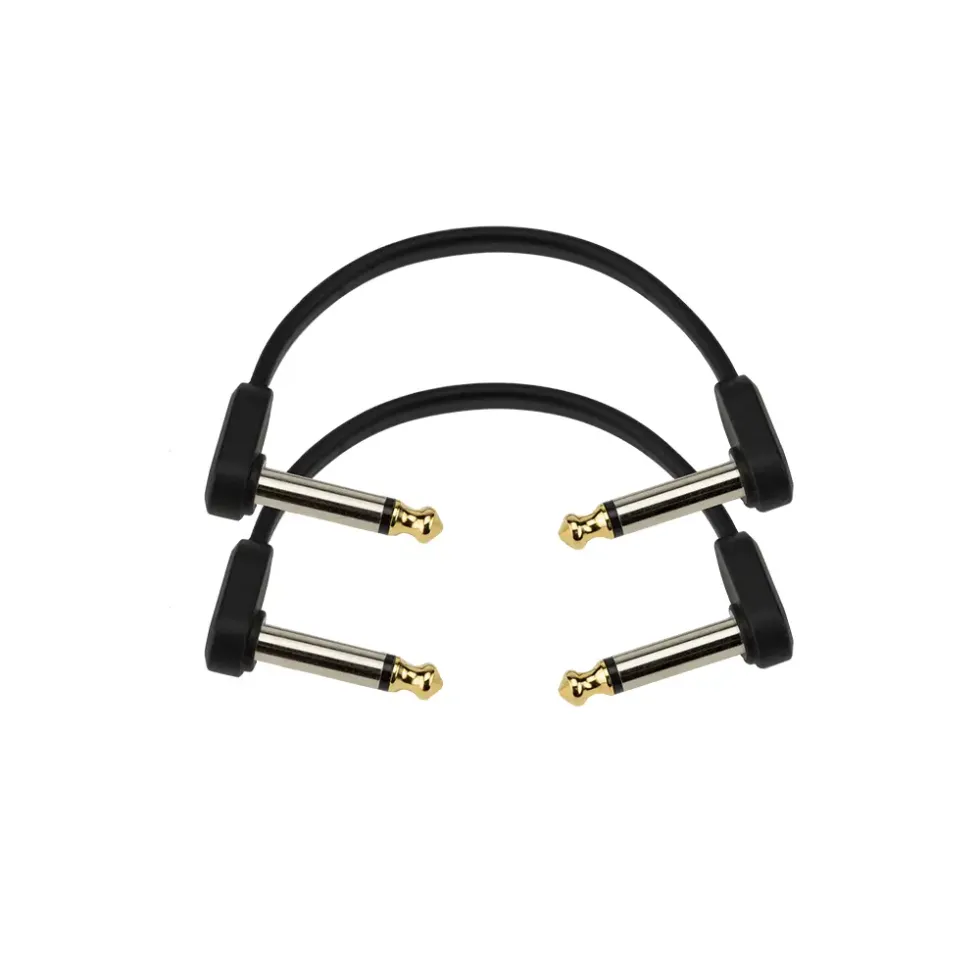
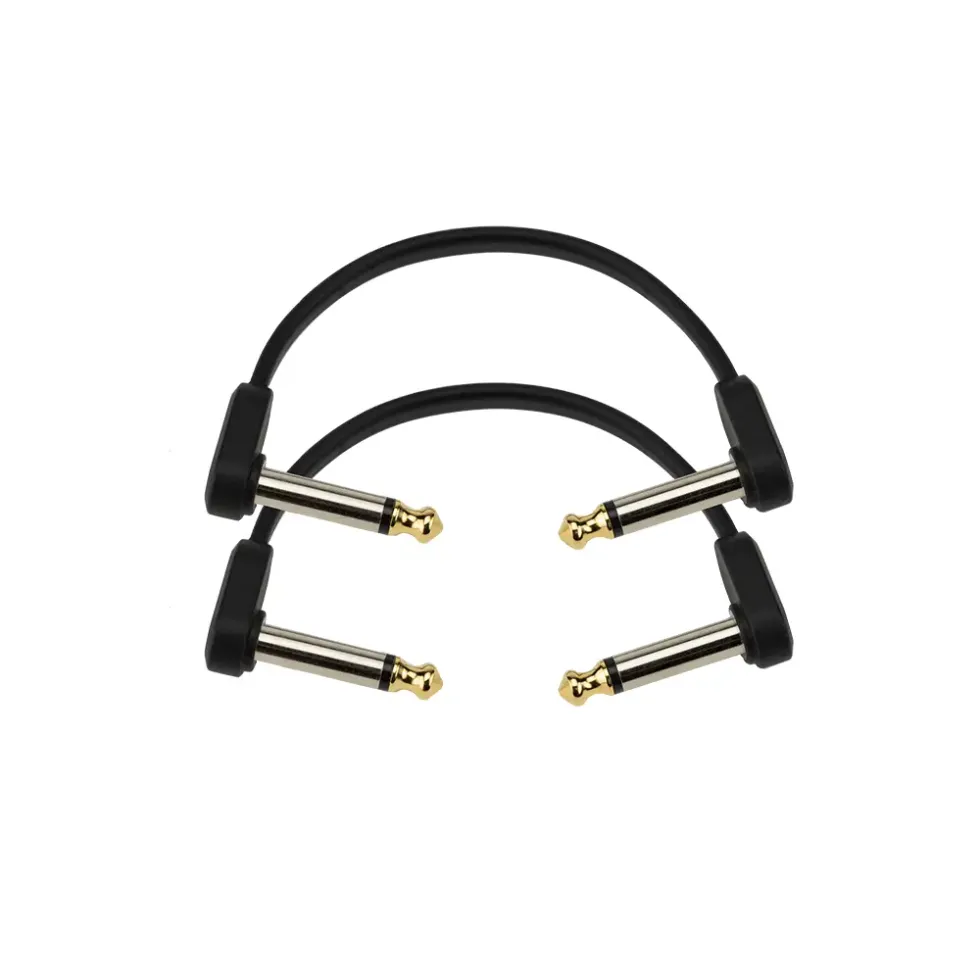




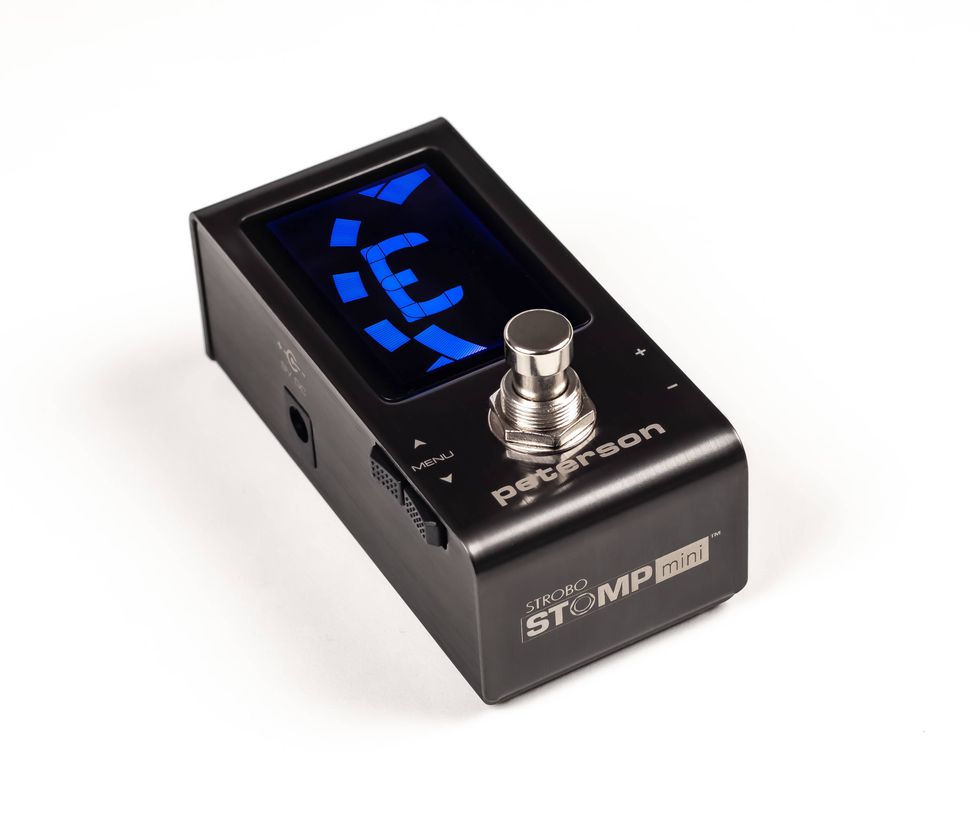
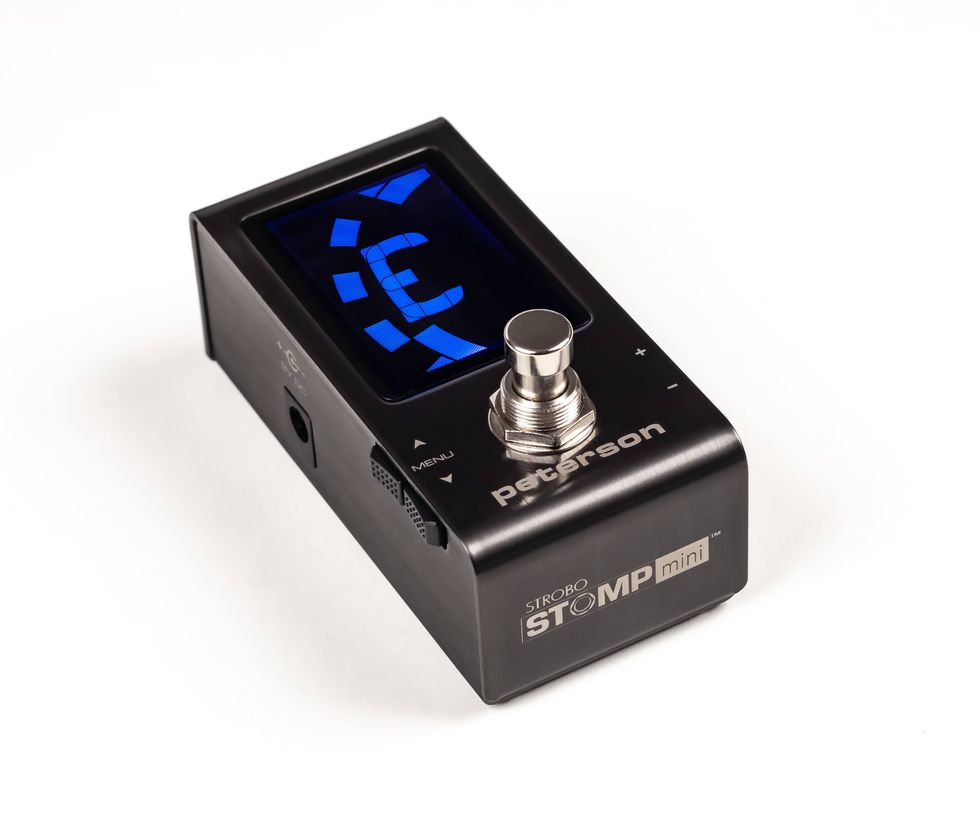
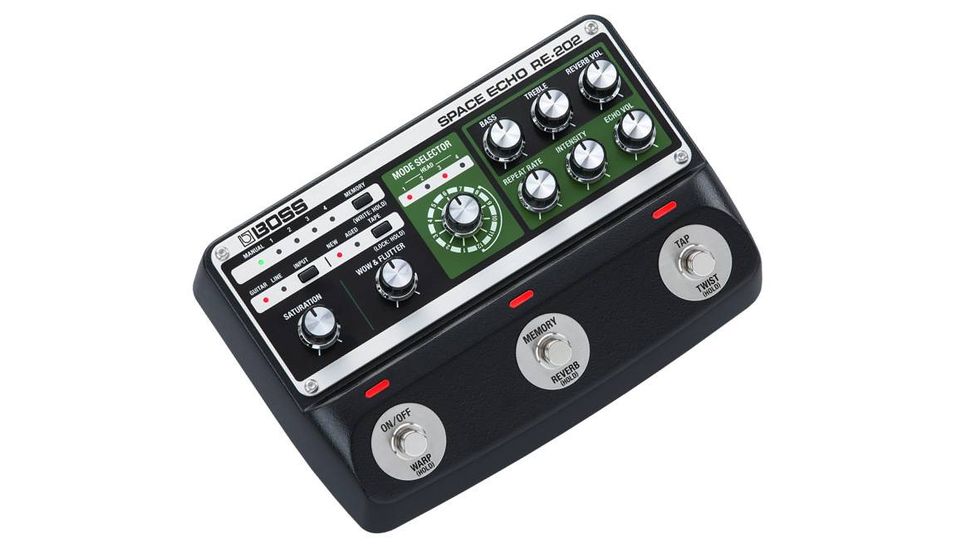
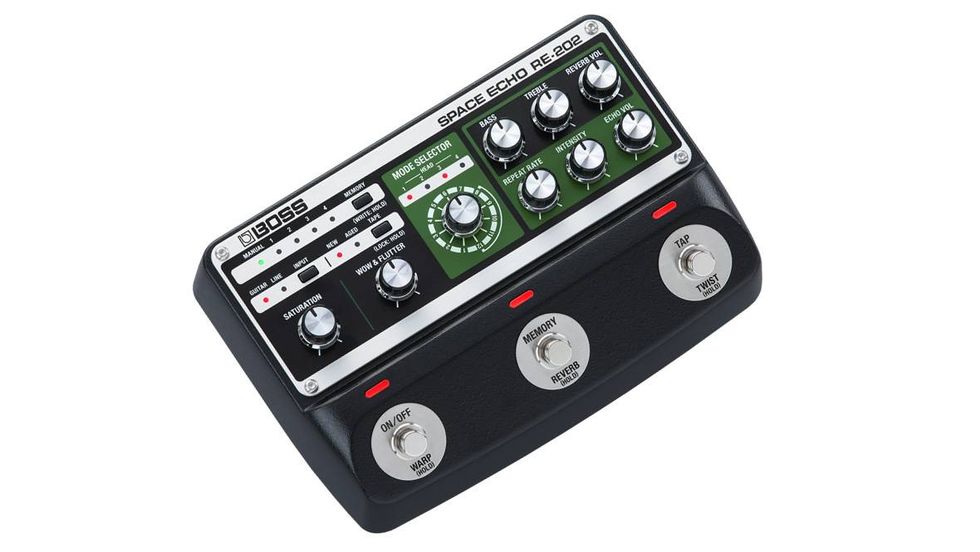


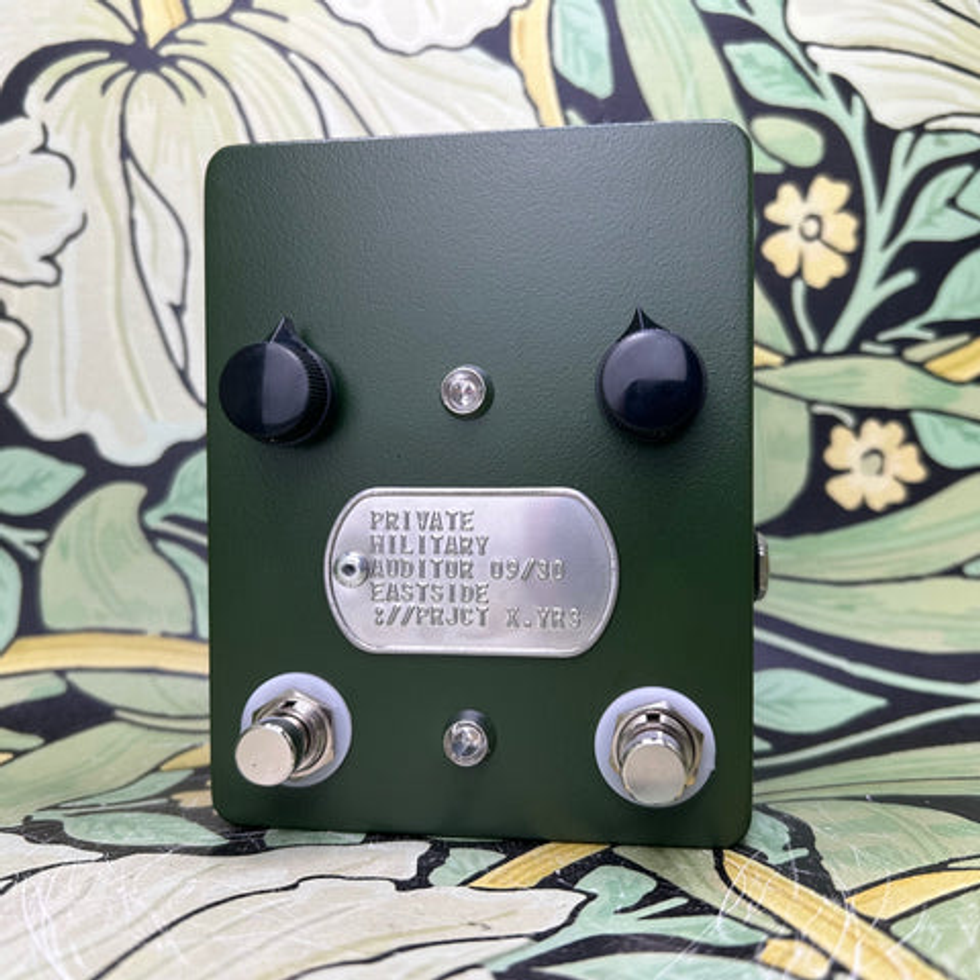
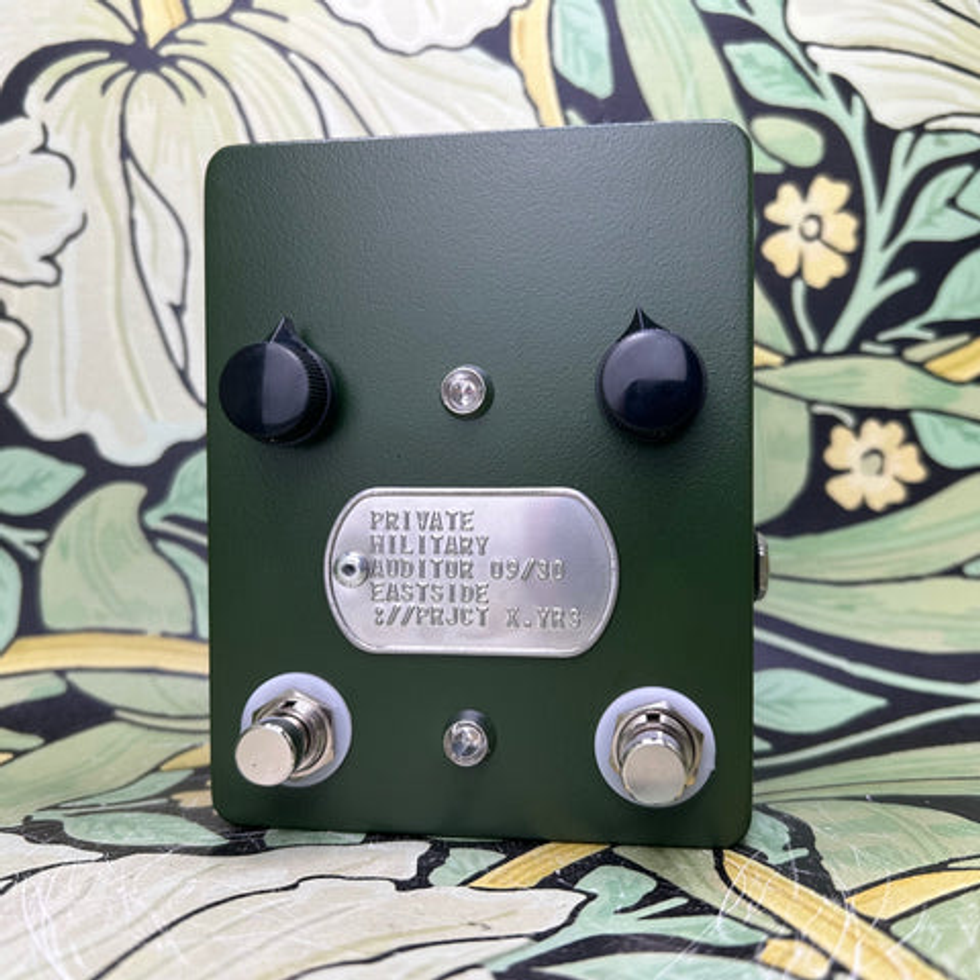



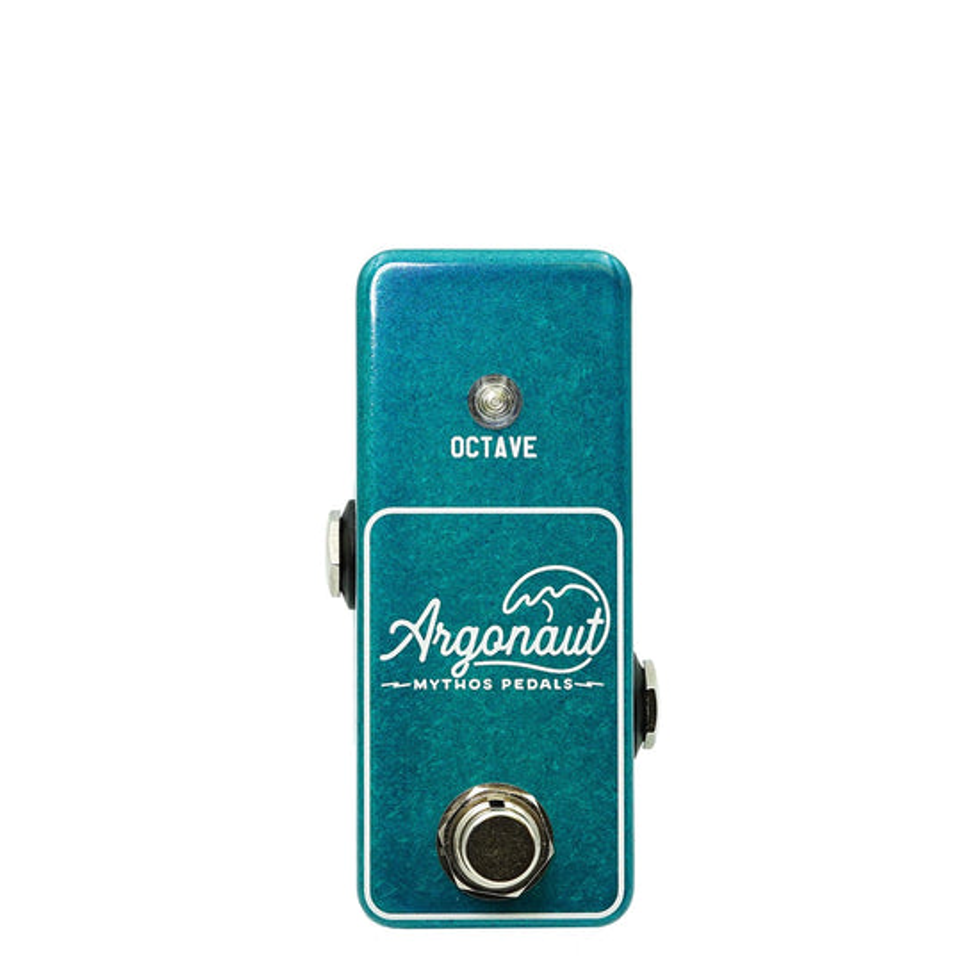
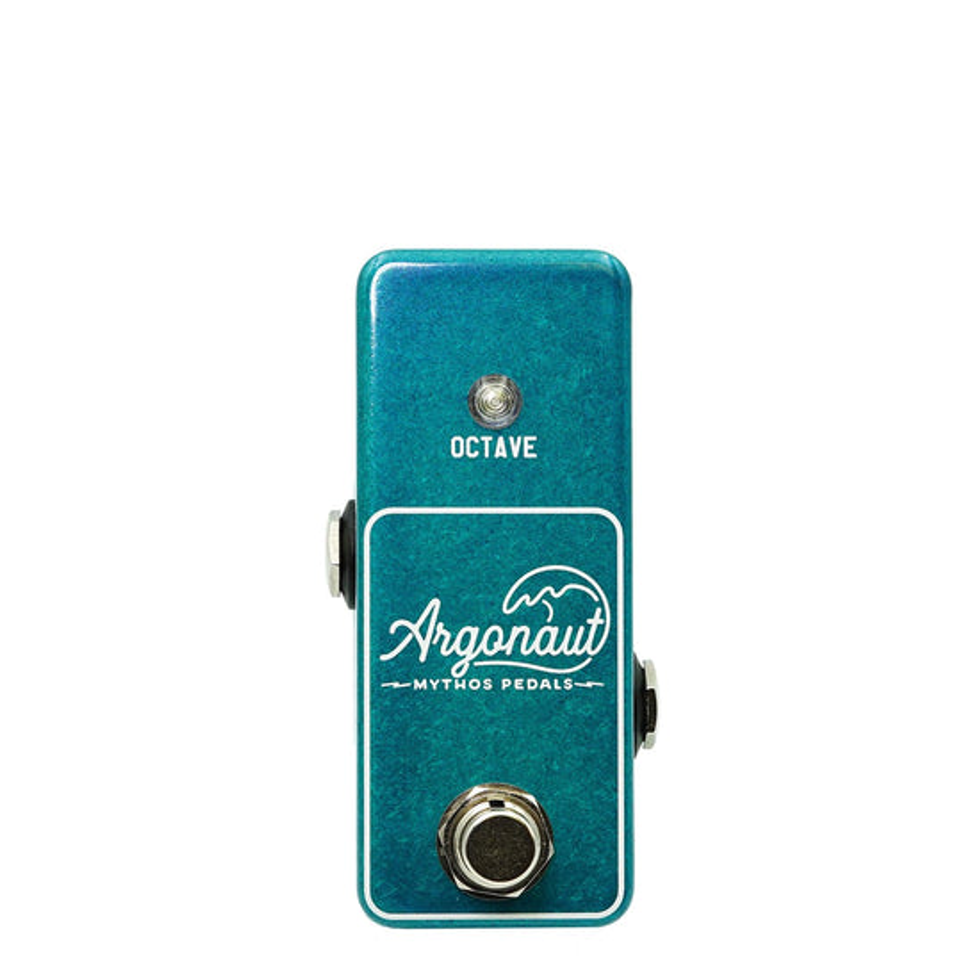
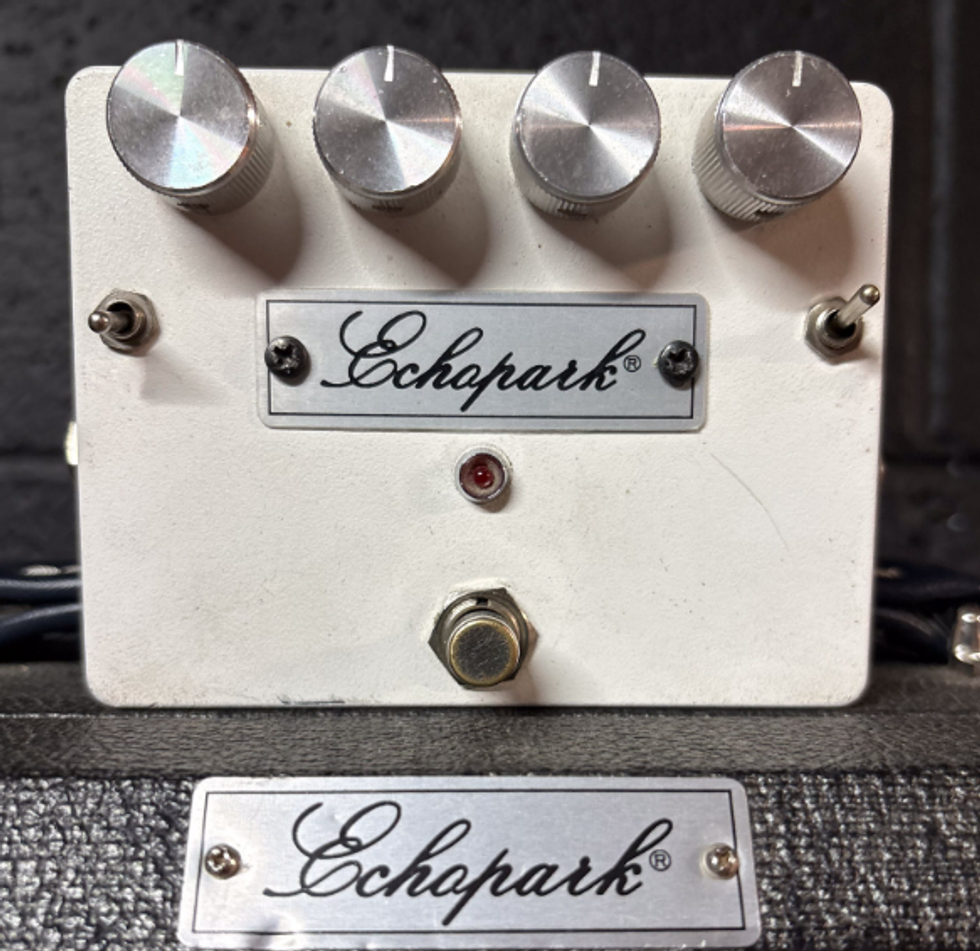
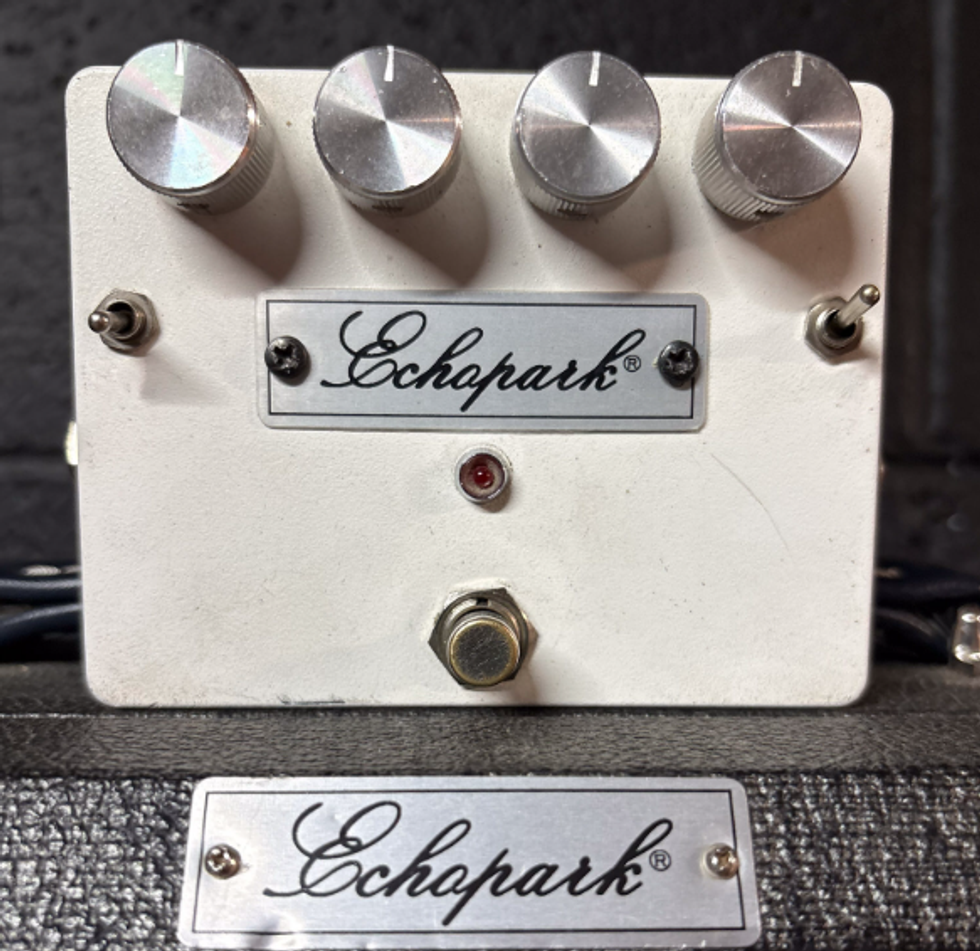
![Devon Eisenbarger [Katy Perry] Rig Rundown](https://www.premierguitar.com/media-library/youtube.jpg?id=61774583&width=1245&height=700&quality=70&coordinates=0%2C0%2C0%2C0)








